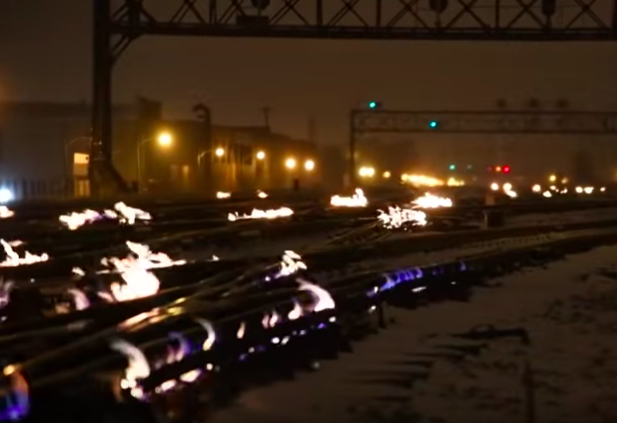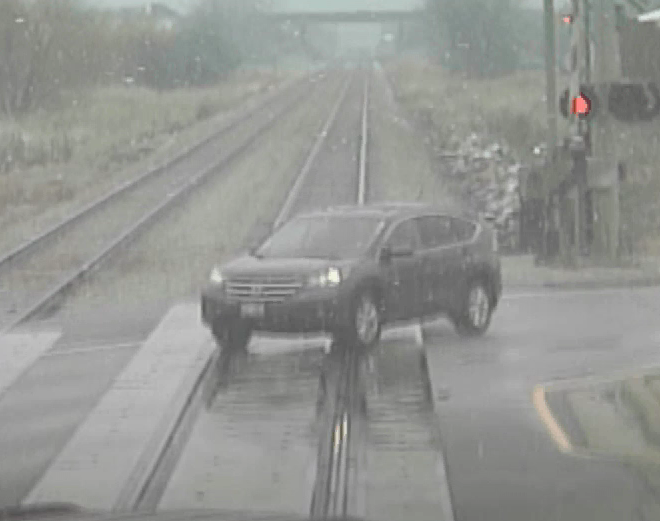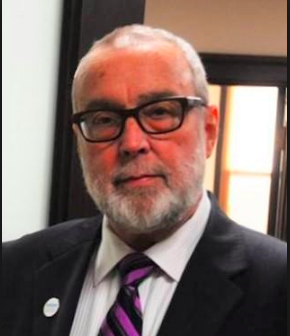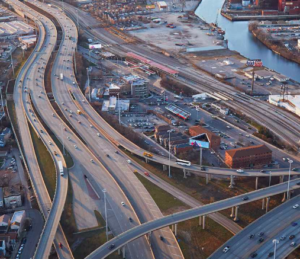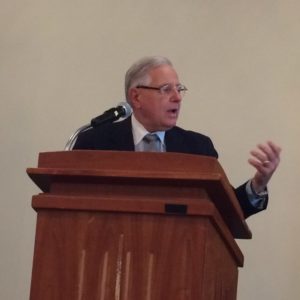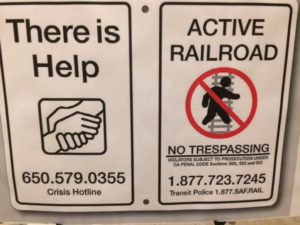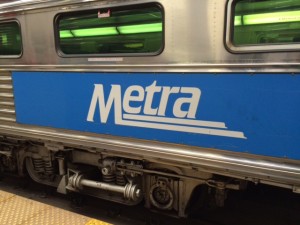From ABC to the BBC and with Stephen Colbert in between, the national and international media is obsessed with Metra’s “tracks on fire.”
With the Polar Vortex bringing deep subzero temperatures to Chicago the past few days, the commuter rail agency fired up the gas heaters to keep switches operative and free of ice. The heaters proved to be an eerie and irresistible visual backdrop for news outlets to illustrate how Chicagoans were coping with the deep freeze.
CNN reported: “When it’s this cold, Chicago sets its tracks on fire.”
United Kingdom’s Daily Mail: “Crews light Chicago tracks on FIRE to keep trains moving.”
“Chicago’s so cold they had to deliberately set the train tracks on fire,” joked Colbert on his CBS talk show Wednesday night.
Not so fast, says Metra spokeswoman Meg Reile, who posted on Facebook: “Ok national and international media, repeat after me: we do not set the tracks on fire in Chicago. You are looking at gas-fired switch heaters. We have guys out there actually making sure the tracks don’t catch fire.”
Reile pointed out that the flames come from a gas-fed system that runs adjacent to the rails, generating heat on the critical areas where the switches are supposed to make contact. Without that contact, the switches default to a failsafe mode, and train movements are halted.
Reile said she heard from more a dozen media…
